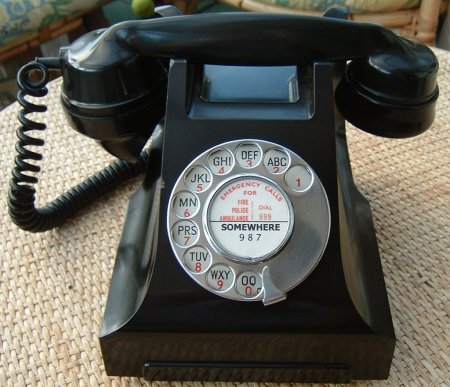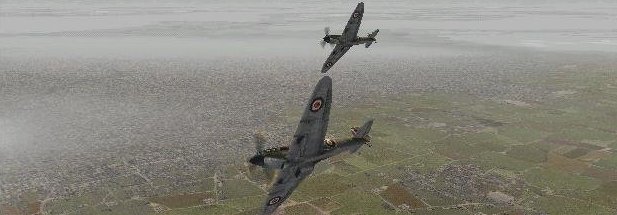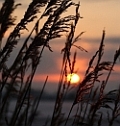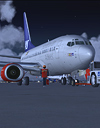 by 61_OTU » Wed Mar 28, 2007 5:24 pm
by 61_OTU » Wed Mar 28, 2007 5:24 pm
Mark and Doug have hit the nail on the head as to why it was 999.
As for how calls are routed....
999 calls are relayed to a BT operator services centre handling 999 calls. The 999 calls take priority in the call centre queue, so once dialled they are the next answered call in the centre, taking priority over any other calls routed to the centre. The BT operator answers the call with a script "Emergency, which service?" and depending on the repsonse of the caller the operator selects the relevant choice, Police, Fire or Ambulance.
The operators terminal determines from the callers telephone number the relevant geographical area, and gives the BT operator a choice of the appropriate geographical emergency control room contact numbers. So if the call comes from an 0121 area code, then the terminal offers choices of West Midlands Police, Fire or Ambulance services. The BT operator just has to select the correct service, and connect the call.
Once the call is connected the BT operator advises the name of the BT centre they are working from and the calling line number of the person who dialled 999. The emergency services control staff then take charge of the call and the BT operator 'slots' the call, leaving it on their screen but out of the way, enabling them to continue taking calls. Once the caller and emergency service have completed the call then the BT operator clears the call down. They retain it on their screen in this way in case the emergency services require additional information at the end of the call.
Mobile calls also present the calling line identity (telepone number) of the caller, but obviously this does not assist in identifying the geographical location of the caller. In this case the mobile cell identifier is used, and again the operator's terminal offers them a choice of control room numbers relevant to the mobile cell.
If there is a problem with the main number for an emergency control room then there are a further 2 choices available for each emergency service. A second choice number in the same control room, and a third choice in a neighbouring emergency services patch. In total an operator will typically therefore have a choice of 9 possible numbers available. Cave and mountain rescue are further available options.
In the event of high volumes of emergency calls then a call centre can close other call queues to provide additional capacity to 'protect the 9's ' within the centre itself, and in the event of local network problems, or high call volumes for other reasons (tv phone votes, natural disasters) then 'call gapping' can be applied at telephone exchanges, causing a certain volume of calls to fail automatically allowing additional capacity for 999 calls to reach call centres.
In the event of a failure of the live database providing operators with the emergency centre contact numbers then a backup database is held locally at the centres which continues to automatically provide the options to the operator. In the event of a failure of the backup database then paper records were held (I assume they still are) which could be used as a last resort. In practice if the emergency database failed at one centre then emergency queues would be closed and emergency calls automatically routed to a different BT operator centre. Once at the alternative centre the calls would be handled in the same way, and would not have taken any longer to be answered.
In the event that every operator in a centre was busy on a call at the same time, then a buzzer sounds and a light illuminates to show that there is a 999 call waiting. If this is illuminated for more than a few seconds then it is practice for an operator to 'requeue' an existing call in order to take the 999 call. The requeued call would then be the next call answered, would show as having been requeued, and the BT operator would apologise to the requeued caller.
It's a comprehensive system, with recording of all 999 calls at the BT operator centre. and a printed record of all calls received and the notes added by operators. It's a responsibility that BT takes very seriously for obvious reasons.
At once hugely satisfying, immensely distressing, and frustrating, handling 999 calls is seldom dull.
With regards to '112', an interesting additional point is that BT operators experience a large volume of 'noisy 112' calls (or did, it was a while ago now). These are calls generated by line faults (wires touching trees or loose joints) which generate the electrical signals similar to someone dialling 112. As a result the operator gets a noisy emergency call. This was not something which happened before the introduction of 112, as the set of signals required to generate 999 were far less likely to have come from a wire blowing about in the wind, hence it never got routed.
Last edited by
61_OTU on Wed Mar 28, 2007 5:30 pm, edited 1 time in total.
ZG752 - Click my sig for my Airliners shots
[center]














 ).
).


).
















 ) circular dial telephones as pictured in Doug's post?
) circular dial telephones as pictured in Doug's post?